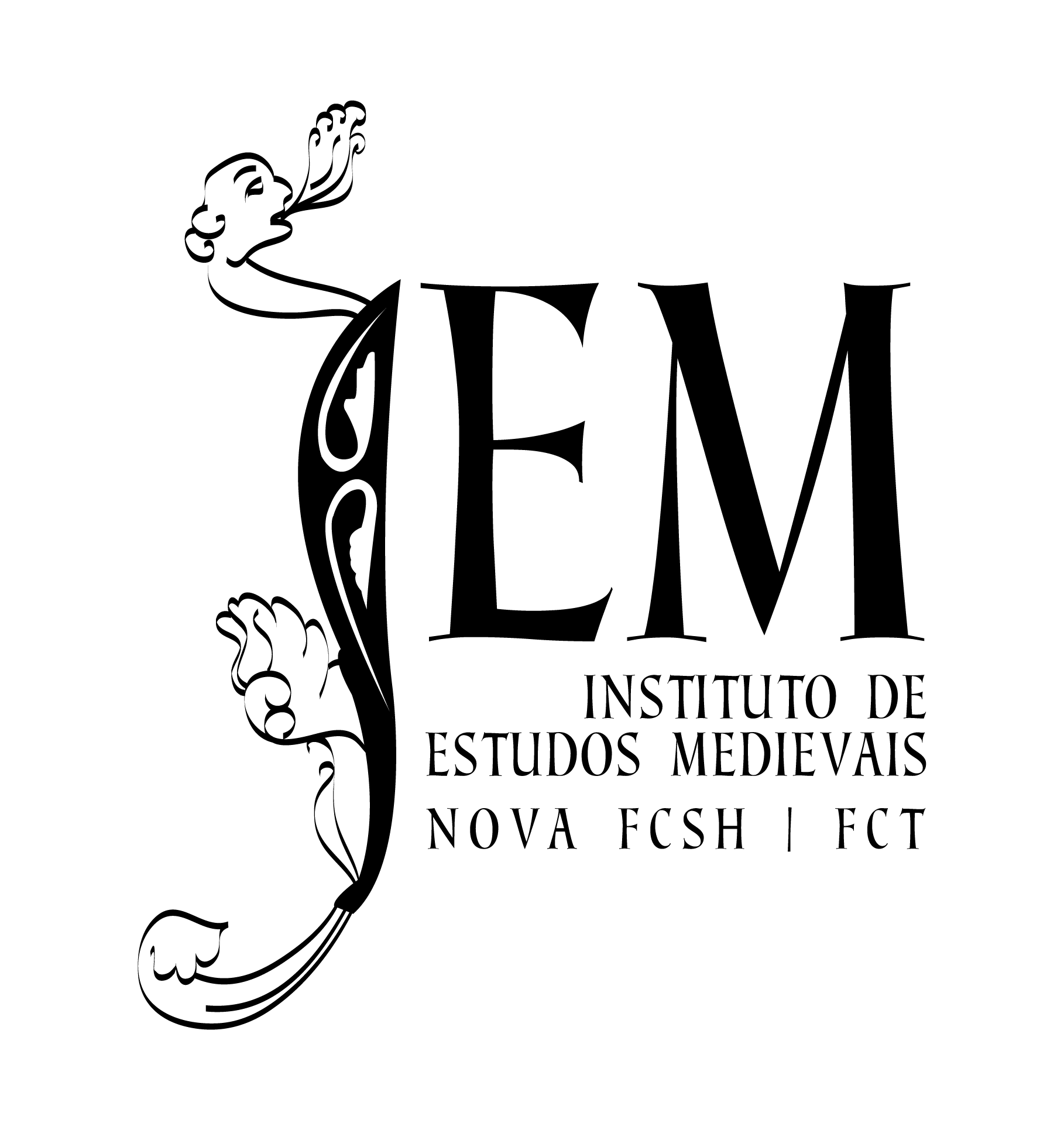From Cancioneiro da Biblioteca Nacional
Short Presentation
The first text we find in Cancioneiro da Biblioteca Nacional is a short treatise in prose, of unknown authorship, about Galician-Portuguese art. Usually called "Arte de Trovar" (art of trobar"), it briefly summarizes the poetics of the troubadours, by defining genres and rules that troubadours and minstrels should follow.
Transcribed by the hand of Angelo Colocci, the Italian humanist who ordered to copy the codex, and also by the hand of one of his scribes ("hand a"), Arte de Trovar is truncated at the beginning and presents many excerpts with gaps or difficult reading, along its several titles and chapters (organized in a rather unclear manner). Apparently, the blank space at the beginning seems to indicate that the original manuscript was already affected, and in a poor state of repair. Furthermore, we ignore its provenience. It may have belonged to the medieval songbook Colocci had access to, but it is not impossible either, as Anna Ferrari suggests [1979:93], that it has been an autonomous fragment that came at Colocci hands, who may then have decided to insert it as an introductory fascicle of his working copy (a situation that clearly applies to songbook B).
Although it is difficult to evaluate the whole contents of the gap at the beginning of Arte de Trovar, it is almost certain that it would include definitions for two of the main genres of Galician-Portuguese art, namely the Cantiga de Amor and the Cantiga de Amigo. In its present shape, it starts with the definitions of the Cantigas Dialogadas (dialogued songs), in which those two main genres are referred, allowing us to form a general idea of the lost definitions.


